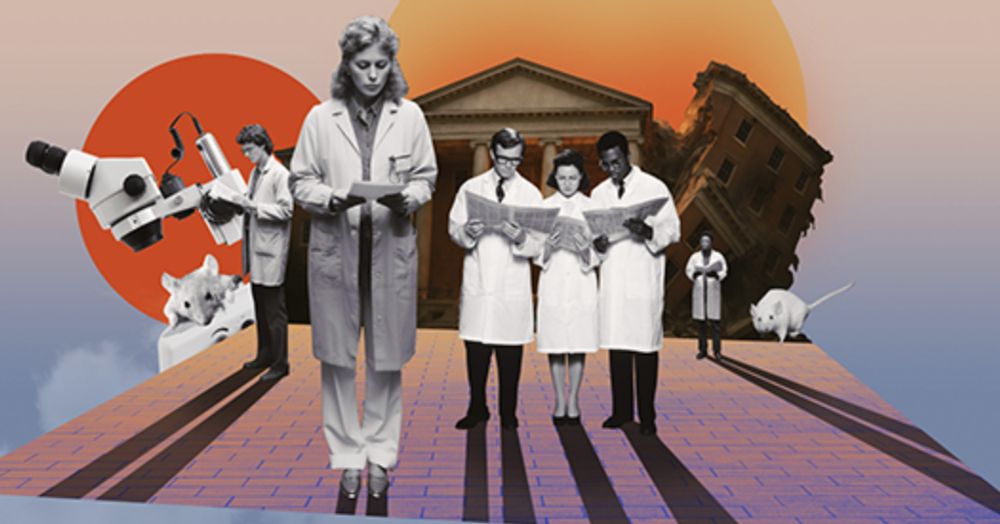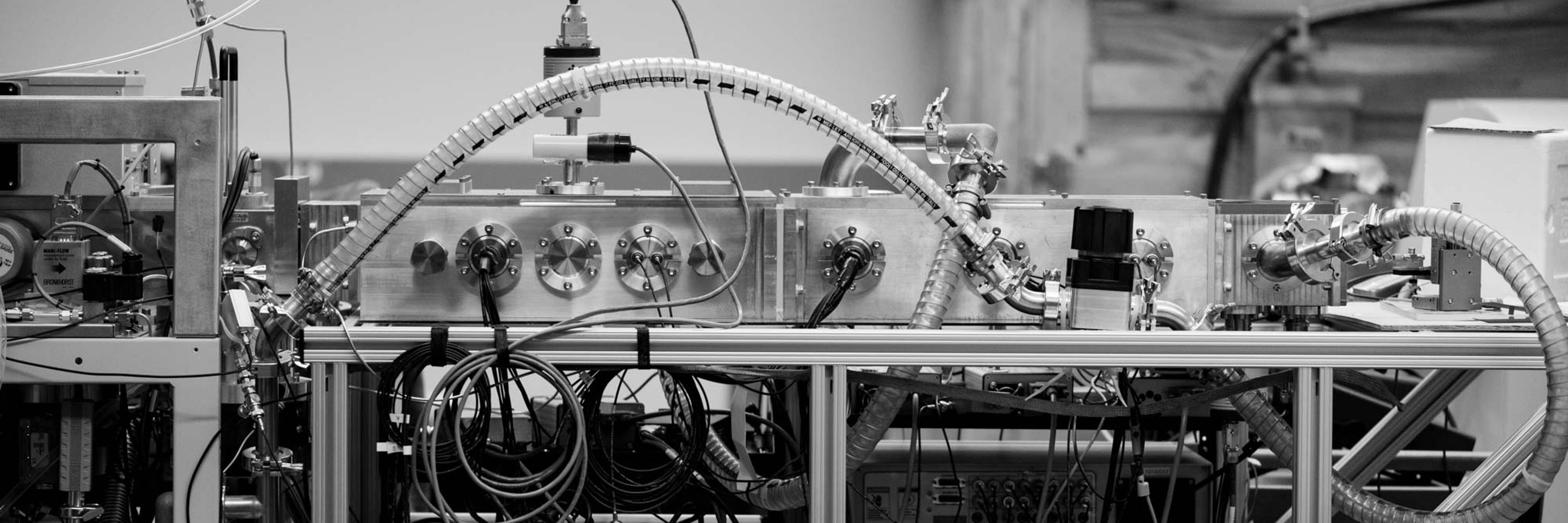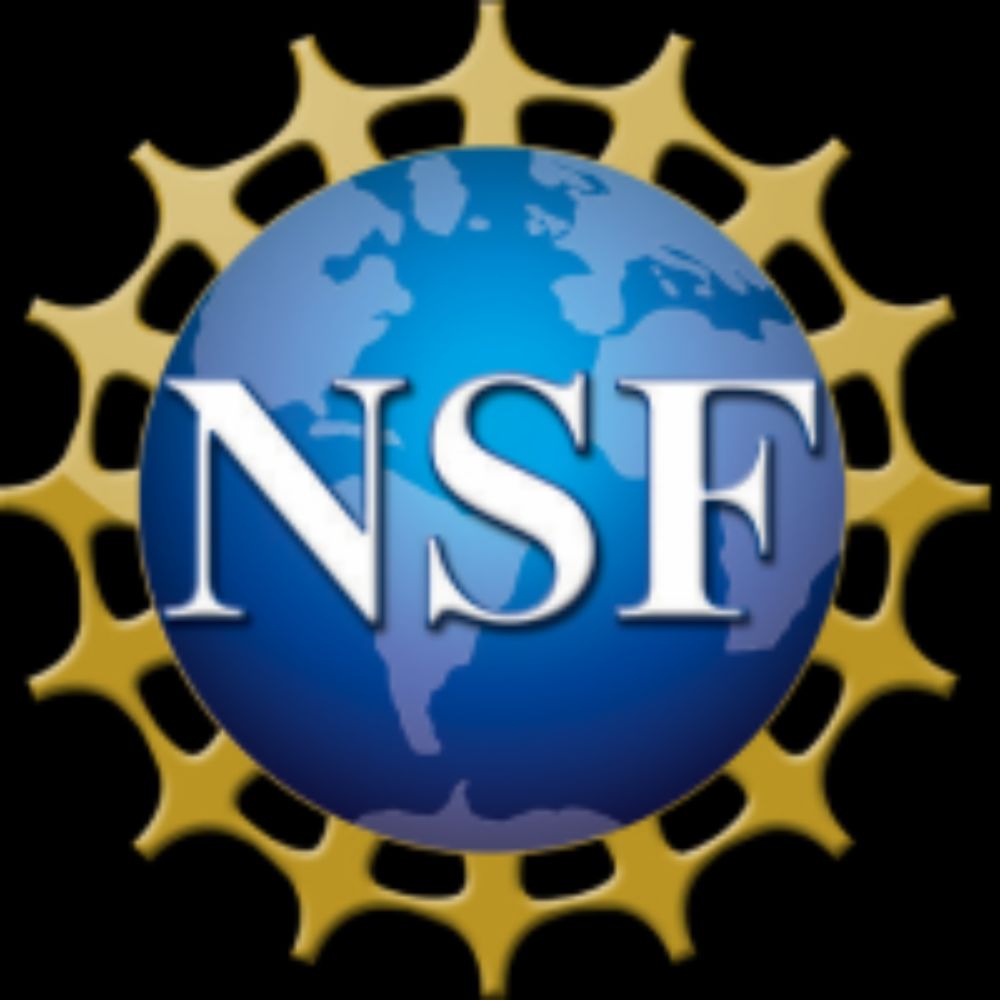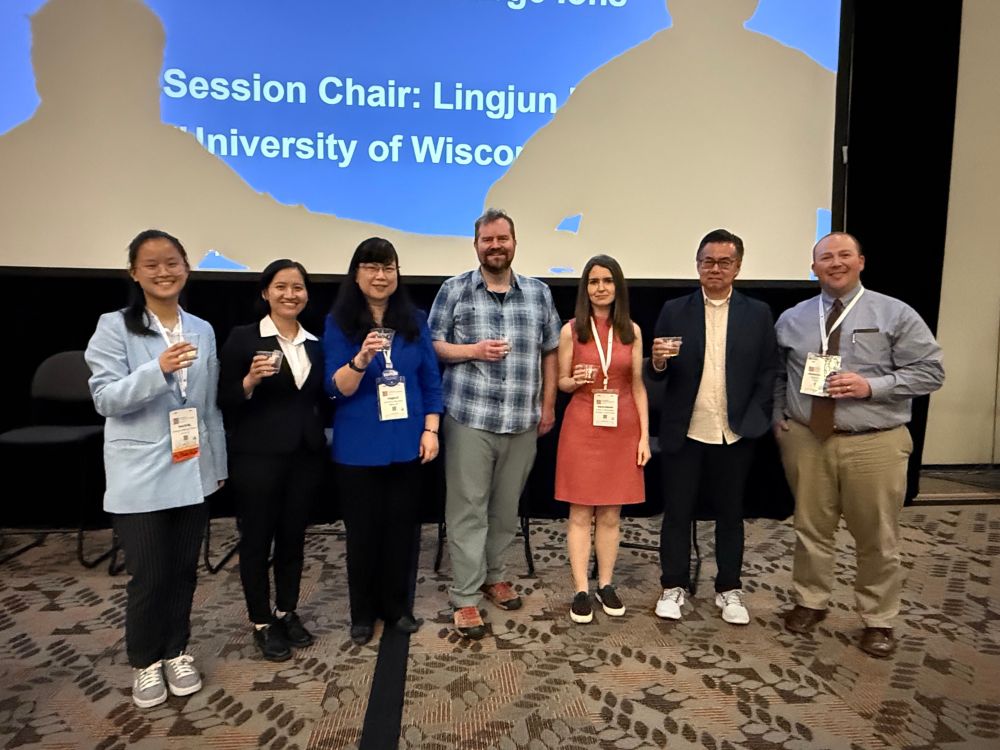Bush Lab
@bushlab.bsky.social
100 followers
77 following
23 posts
The Bush Lab is a research group at the University of Washington in Seattle. We advance mass spectrometry for biophysics and structural biology. https://biophysicalms.org/
Posts
Media
Videos
Starter Packs
Bush Lab
@bushlab.bsky.social
· 14d
Bush Lab
@bushlab.bsky.social
· Aug 11
Bush Lab
@bushlab.bsky.social
· Aug 11
Bush Lab
@bushlab.bsky.social
· Aug 11
Bush Lab
@bushlab.bsky.social
· Aug 11
Bush Lab
@bushlab.bsky.social
· Aug 5
Bush Lab
@bushlab.bsky.social
· Aug 5
Bush Lab
@bushlab.bsky.social
· Aug 5
Reposted by Bush Lab
John Tuthill
@tuthill.bsky.social
· Jul 14

Fear and loathing on study section: Reviewing grant proposals while the system is burning
As grants are canceled, delayed and subject to general uncertainty, participating in study sections can feel futile. But it’s more important than ever.
www.thetransmitter.org
Reposted by Bush Lab
Reposted by Bush Lab
Bush Lab
@bushlab.bsky.social
· Apr 9
Bush Lab
@bushlab.bsky.social
· Mar 7
Bush Lab
@bushlab.bsky.social
· Mar 3
Bush Lab
@bushlab.bsky.social
· Feb 24
Bush Lab
@bushlab.bsky.social
· Feb 20
Reposted by Bush Lab
Jonathan Lambert
@jonlambert.bsky.social
· Feb 18











